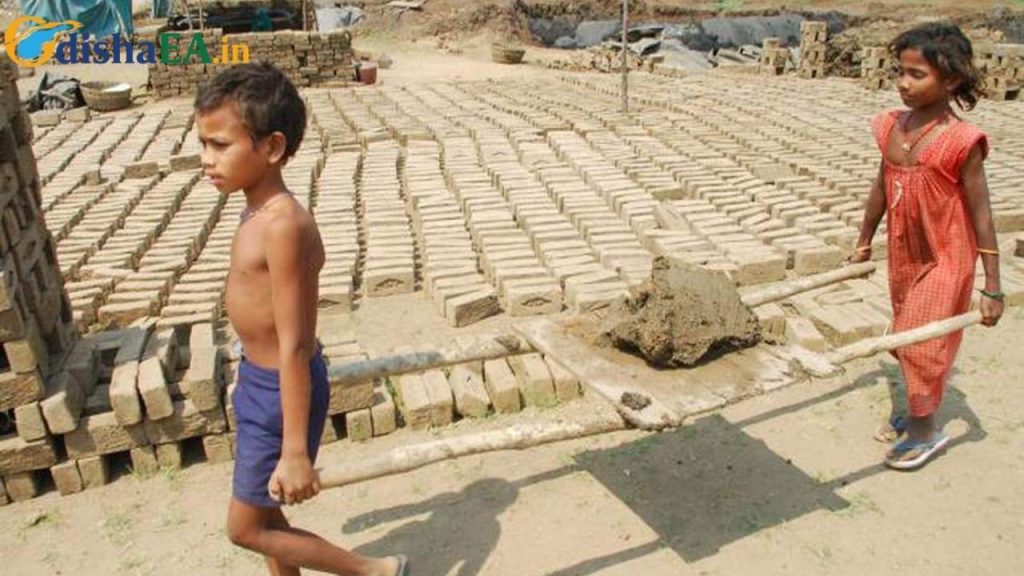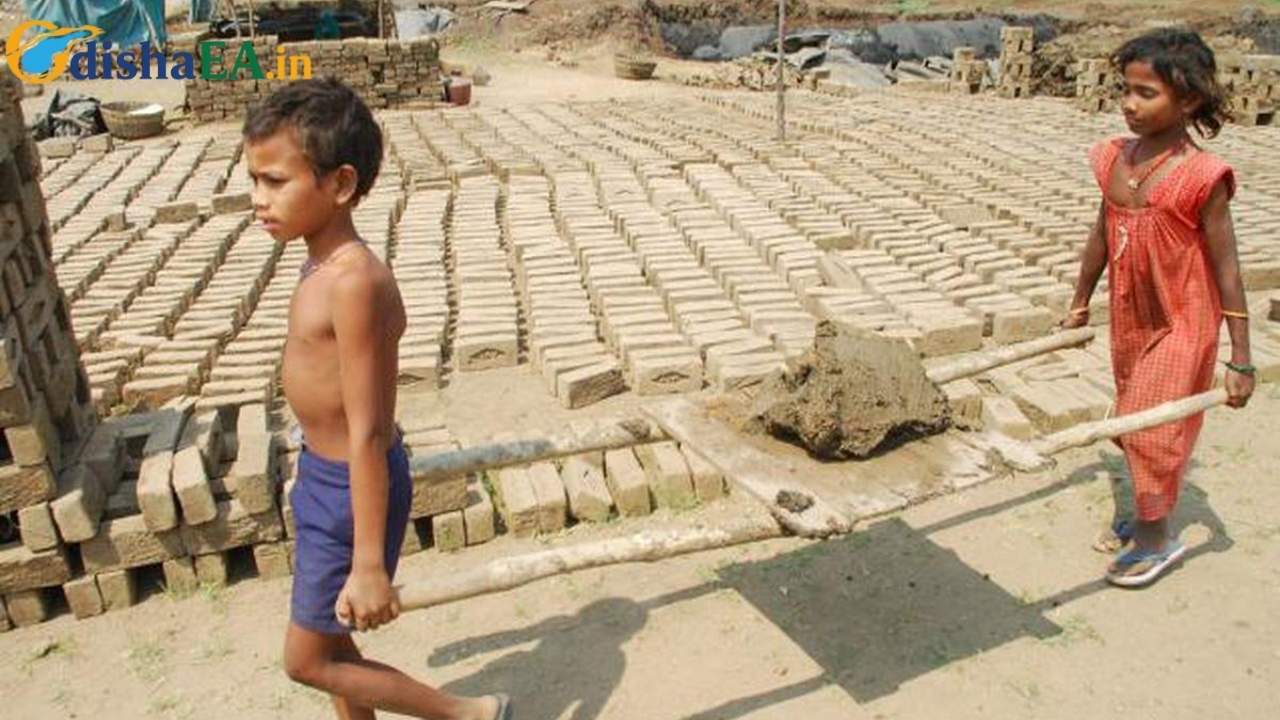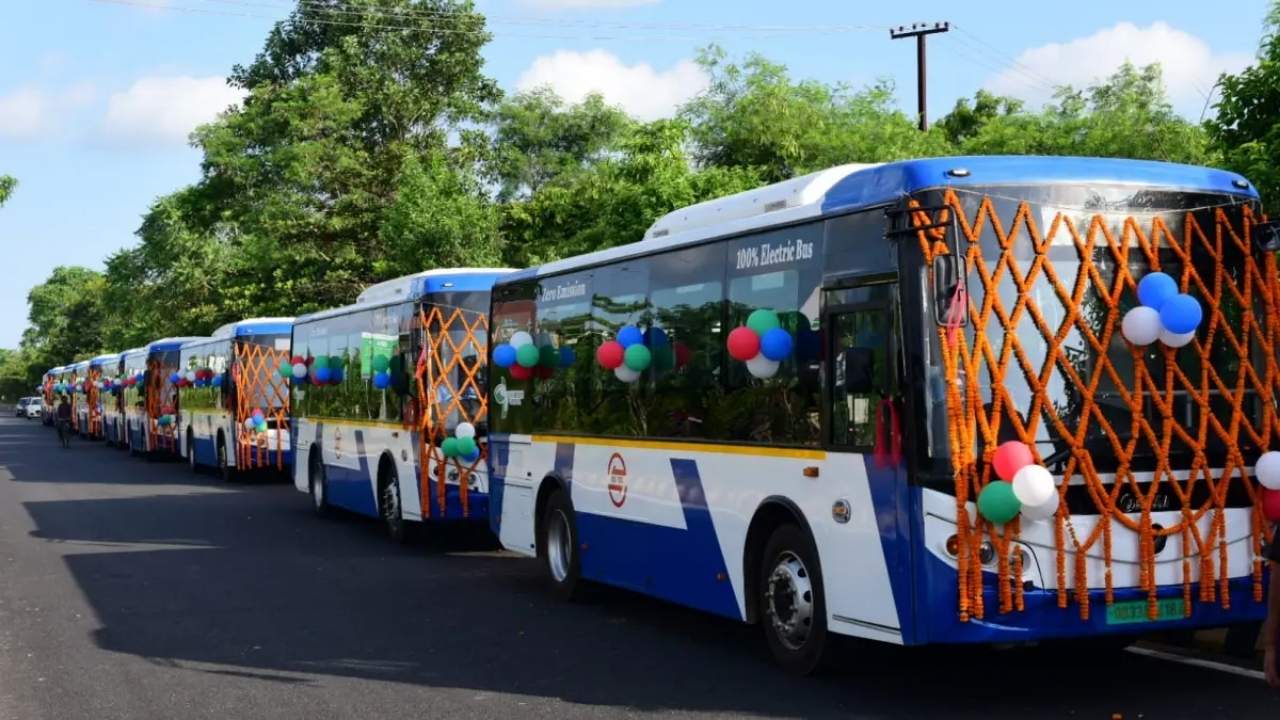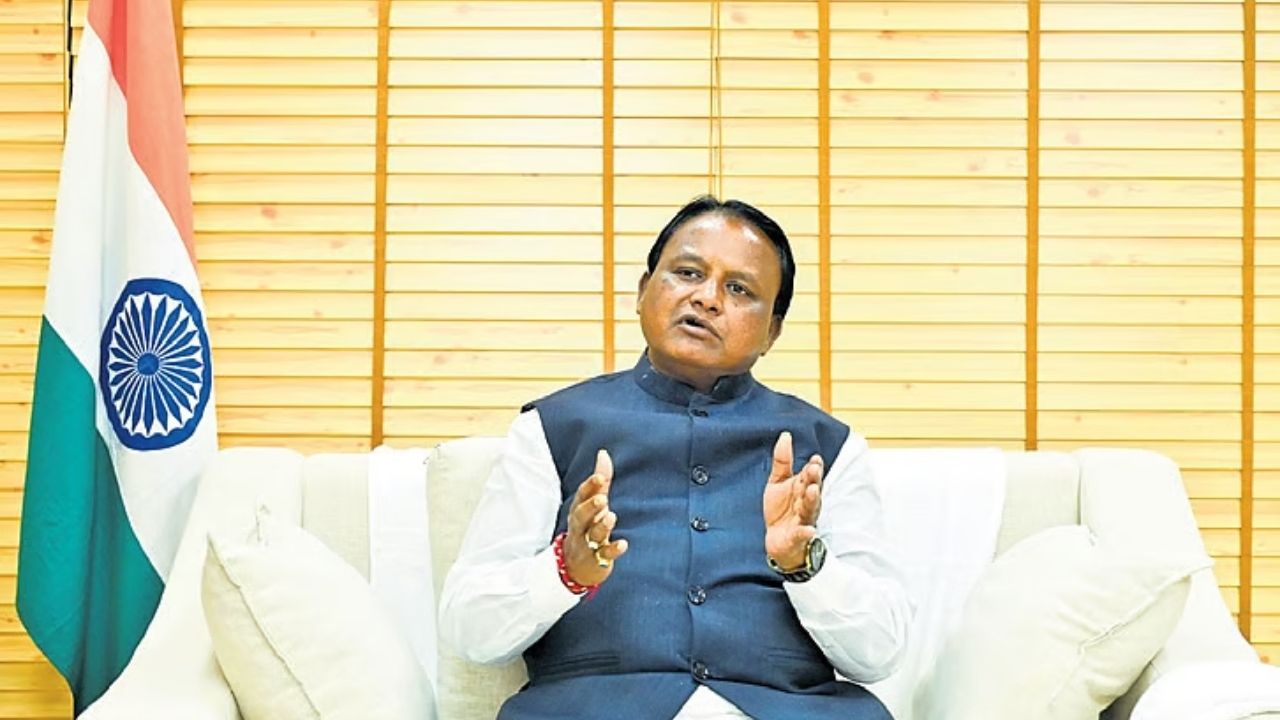When we talk about bonded labor in India, it’s not just history books—it’s happening right now. In Odisha, a state on India’s eastern coast, thousands of tribal families have been trapped in modern-day slavery at brick kilns, construction sites, and farms. Many of them spend 10+ years in forced labor, only to be “rescued” and sent home with little more than the clothes on their back.

But here’s the kicker: freedom isn’t the finish line. It’s the starting gun for a whole new marathon—getting IDs fixed, finding steady jobs, securing food, and keeping kids in school. For many, the journey from bonded worker to truly free citizen is longer, harder, and lonelier than the years spent away.
10 Years Enslaved, Now Miles to Go
| Topic | Details |
|---|---|
| Number of bonded laborers in India | Over 8 million people trapped in modern slavery, India ranks among the worst globally. Walk Free Foundation |
| Odisha’s situation | Tribal communities often migrate for work but fall into debt-bondage in brick kilns & construction. |
| Post-rescue struggles | No savings, incomplete documents, little government follow-up. Families risk re-trafficking. |
| Government schemes | Rehabilitation packages (₹20,000–₹3 lakh), MGNREGA job cards, Forest Rights Act benefits. Ministry of Labour & Employment, India |
| Practical advice | Focus on local jobs, debt relief, women’s empowerment, & safe migration systems. |
The silent exodus of freed tribal labourers in Odisha reminds us that freedom is more than rescue. It’s about jobs, dignity, and justice. Until governments, NGOs, and communities close the gap between paper rights and real lives, families will keep leaving before sunrise—back into the same cycle they thought they escaped.
Why This Story Matters
If you’re in the U.S., you might think of slavery as something long gone. But in Odisha, families are still living this reality. Imagine your kids being pulled out of school to mold bricks, your wages eaten up by “debts” that never end, and no chance to walk away. Now imagine being “freed,” only to find there’s no way to eat tomorrow.
This isn’t just an Indian issue—it’s global. Many of the products we use, from bricks to textiles, pass through the hands of exploited workers. And tribal families in Odisha are ground zero for one of the hardest cycles to break.
The Road Back Home: What Happens After “Freedom”?
1. No Money, Just Debt
When freed laborers return home, they’re often broke. Any wages owed are written off as “settled against debt.” Within weeks, families borrow again—from the same moneylenders who sent them away.
Example: A tribal family rescued in 2023 went home with ₹2,000 ($24). Their monthly ration costs ₹3,000. Within a month, they were back in debt.
2. The Paper Chase
Survival depends on documents:
- Aadhaar ID (for identity)
- Job card (for work under MGNREGA)
- Ration card (for subsidized food)
- Bank account (for wage transfers)
But errors in spelling, mismatched birthdates, and missing biometrics mean families spend weeks at government offices. Every visit costs bus fare, lost wages, and dignity.
3. Broken Promises of Work
The government promises 100 days of rural jobs per year under MGNREGA. Reality? Many get only 30–40 days and payments come months late. Without cash in hand, the pull of migration grows stronger.
4. Women Carry the Heaviest Load
Women return from kilns with bad health—lung issues, miscarriages, malnutrition. Back home, they’re expected to resume cooking, childcare, and income earning. Most schemes deposit money in men’s accounts, leaving women out of financial control.
Practical Steps That Actually Work
Alright, let’s cut the jargon. Here’s what’s been proven to help freed laborers stand tall again:
Step 1 – Guarantee Local Work Immediately
- Give each rescued family 90 days of work within 3 months.
- Prioritize projects like building ponds, planting trees, or repairing schools.
- Track payments digitally to avoid corruption.
Step 2 – Women First, Always
- Direct cash transfers to women’s bank accounts.
- Support women-led self-help groups (SHGs) with grants for goats, poultry, or lac cultivation.
- Train women in bookkeeping so they control assets.
Step 3 – One-Stop Camps for Documents
- Instead of families traveling miles, set up weekly government camps in villages.
- Fix Aadhaar, ration, and bank details on the spot.
- Avoid the “come tomorrow” culture that drives people back into recruiters’ arms.
Step 4 – Safe Migration, Not No Migration
- People will migrate—it’s how they survive.
- Register workers before they leave, verify contractors, and share helpline numbers.
- States should sign MoUs to protect workers across borders.
The Role of Community
In villages that break free of the cycle, one thing stands out: community monitors. Local youth, paid a small stipend, track wage payments, ensure kids stay in school, and keep government accountable.
It’s the kind of bottom-up watchdogging America loves to call grassroots democracy. And it works.
Data Snapshot: Odisha’s Tribal Labour Exodus
- 60% of bonded laborers in Odisha are tribal (Adivasi) families.
- Most are trafficked to Andhra Pradesh, Telangana, and Tamil Nadu kilns.
- A rescued worker earns about ₹150–₹200 ($2–$2.50) per day, far below India’s legal minimum wage.
- Rehabilitation payouts take 6–12 months to arrive—if they arrive at all.
(Source: National Human Rights Commission, India)
Sundargarh’s ₹Crore Truck Terminal Dreams Crumble: 3 Years After Land Allotment, not a Brick Laid
Massive Security Breach at Srimandir: Man Detained with Hidden Spy Cam Eyewear
Odisha Hosts High-Stakes SC/ST Conference Today: Decisions Could Reshape Policy
FAQs: The Silent Exodus Explained
Q1: Why do tribal families in Odisha migrate for work?
Because local jobs pay too little, farming is seasonal, and debts pile up. Migration feels like the only way to survive.
Q2: What is bonded labor?
It’s when workers are trapped by debt or coercion, can’t leave freely, and are paid little to nothing. It’s illegal but still widespread.
Q3: What’s being done to stop it?
India has a Bonded Labour System (Abolition) Act (1976), but implementation is weak. NGOs, courts, and activists fill the gaps.
Q4: How can international readers help?
Support NGOs working in Odisha, push for ethical sourcing of goods, and raise awareness. Check ILO Forced Labour Resources.





